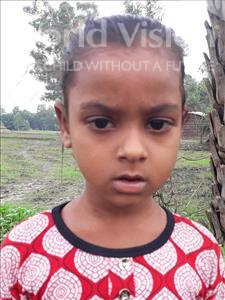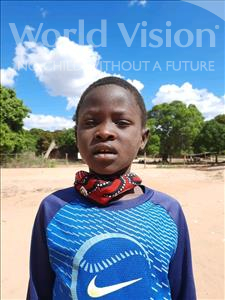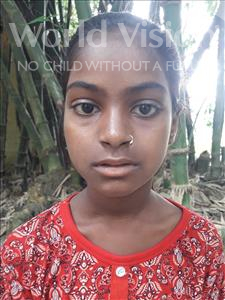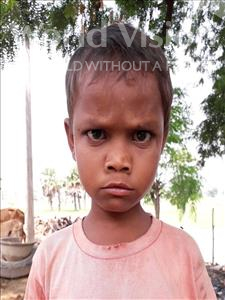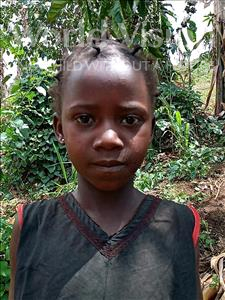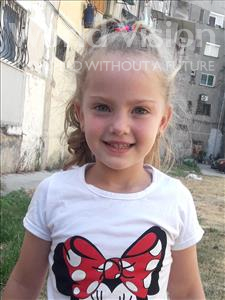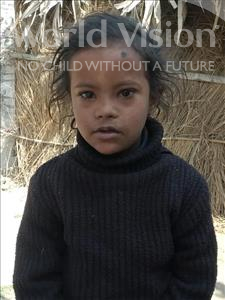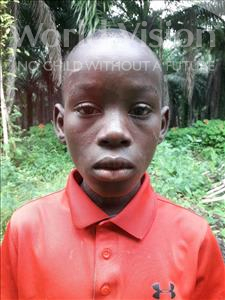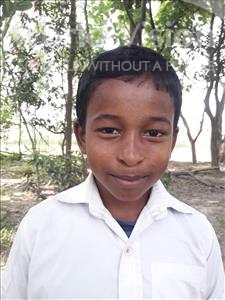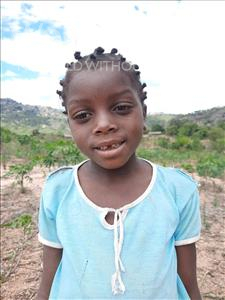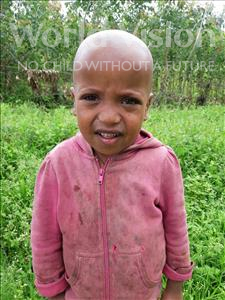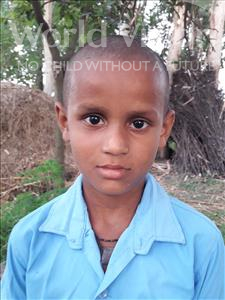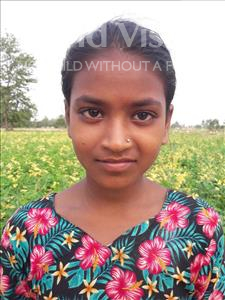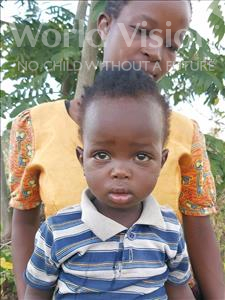Geography and people
A land of varied landscapes and wildlife, Kenya lies along the equator in eastern Africa. Coconut, mangrove, and palm trees line over 300 miles of coastline along the Indian Ocean. The interior features low plains, highlands and Africa’s second highest peak, Mount Kenya.
Kenya’s game parks have lions, giraffes, buffalos, elephants, zebras and other wildlife, making it a major tourist destination. Natural resources include limestone, salt, gemstones, zinc and hydropower.
English and Swahili are the official languages, but dozens of indigenous languages are also spoken throughout the country. More than 70 ethnic groups populate Kenya.
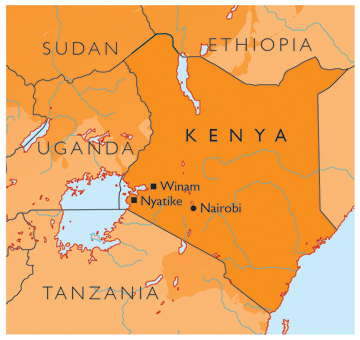
Population
Life expectancy
Literacy rate
Access to safe water
Average annual income
Fast facts
The UN's Food and Agriculture Organisation classifies Kenya as a low income, food-deficit country. Over 40 percent of the population lives below the poverty line with an unemployment rate of about 40 percent – the 14th highest rate in the world.
Kenya has suffered from several food crises in recent years, the most recent being the Horn of Africa crises from 2010-12. The World Food Programme estimated that in 2014 more than 1 million people need immediate food aid.
HIV and AIDS continue to threaten the health of Kenyans, with more than 1.6 million people living with the disease – the fourth highest number of any country in the world. Over one million children have lost one or both parents to HIV and AIDS.
Please sponsor a child in Kenya today.
Our focus in Kenya
World Vision is committed to partnering with the people of Kenya to improve their lives today and to help deliver sustainable solutions for the future of their children, families and communities. Our child sponsorship programme plays a vital role in this partnership, with donors from the United Kingdom sponsoring over 4,279 girls and boys (as of April 2014) across two community projects. In addition to sponsorship, World Vision operates other programmes that benefit communities in Kenya.
Highlights of our work include:
Aiding communities affected by the Horn of Africa drought and food crisis by supporting vulnerable families with food and emergency supplies.
Work on child protection such as access to birth certificates, giving children an identity and access to services.
Increasing access to clean and safe water sources, toilets and sanitation facilities and training about hygiene practices to enhance the status of children's health.
Fighting malaria by distributing mosquito nets and anti malarials.
Providing life-skills training to those affected by HIV and AIDS, and HIV-prevention training.
Our Achievements in Kenya
World Vision’s early support to Kenya started in 1965 and a National Office opened in 1974 in response to severe drought and famine. Since then, some of World Vision’s major accomplishments have included:
Education
Improving education, literacy and vocational training and healthcare and water systems during the 1980s.
Health
Assisting flood-affected communities by providing medicine, food, seeds, livestock, and shelter during the 1990s.
Protection
Building classrooms for children in refugee camps and providing shelter, medical supplies, blankets, food and other necessities to people affected by floods since 2000.
Water
Improving access to water by constucting boreholes and deep wells, and training community members in their upkeep and maintenance since the turn of the century.
Livelihoods
Helping communities form savings groups and launch microbusinesses since the 2010s, so that they can better feed their children and pay schoolfees.

